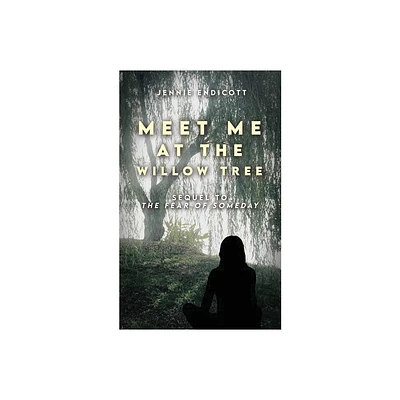Home
The Annotated Taro-san the Fisherman and the Weeping Willow Tree
Loading Inventory...
Barnes and Noble
The Annotated Taro-san the Fisherman and the Weeping Willow Tree
Current price: $19.95


Barnes and Noble
The Annotated Taro-san the Fisherman and the Weeping Willow Tree
Current price: $19.95
Loading Inventory...
Size: OS
*Product Information may vary - to confirm product availability, pricing, and additional information please contact Barnes and Noble
This is an annotated edition of the popular bilingual (English and Japanese) story about the struggles and triumph of a young fisherman in old Japan. This edition includes more than a dozen photographs by noted photographer Levi Sim, showing author and magician Richard Hatch performing the ancient Japanese feat of "Nankin Tamasudare" in which bamboo sticks are manipulated into figures, which inspired the creation of this story. The artwork was inspired by the art of the great Japanese master Hokusai. Richard Hatch, the author, is a professional magician and co-founder of the Hatch Academy of Magic and Music. He includes his telling of this tale, illustrated with the mysterious tamasudare mat, in many performances, often accompanied by his wife, violinist Rosemary Kimura Hatch. András Balogh, the illustrator, is a children's book designer and digital painter living in Székesfehérvár, Hungary. He studied at the Free School of Fine Arts in Kecskemét where he received a strong foundation in the arts, visual creativity and traditional painting. Since 2003 he has been an invited member of the government of Bács Kiskun's country painter camp and is a full member of the Society of Children's Book Writers and Illustrators (SCBWI). Yukishige Kadoya, the translator from English into Japanese, is a freelance translator and writer based in Nagoya, Japan. He is also a performing magician and a scholar of magic. He often serves as the interpreter for the many major foreign magicians who lecture and perform in Japan. He has written several books, including Tokyo-do Shuppan Publishing's best-selling "Eigo de Pera-Pera Magic (Let's perform magic in English)". Children's Bookwatch, Vol. 23, no. 2 (February 2013): ""Taro-San the Fisherman and the Weeping Willow Tree" is a beautiful, traditionally illustrated, bilingual children's tale written in Japanese and translated into English for children age 8 and up. Taro-San grew up as a boy sitting on a river bank under a weeping willow tree, fishing all day long. He wanted nothing more than to be a professional fisherman. However, when Taro-San is finally able to buy a boat and cast out to sea to fish, his nets come up empty for two weeks in a row! He decides to make a special pilgrimage to a sacred Shinto shrine. When he arrived at the beautiful O-Torii gate to the harbor of the sacred shrine, he enjoyed seeing the beauty of the setting. Taro-San crossed on a bridge to approach a special well, like a wishing well, where he respectfully wrote his wish to become a successful fisherman on a piece of parchment, dropped it into the well, and struck a bell three times to summon his ancestors to hear the request he made of them. A rainbow cheers and heartens him as he leaves the shrine. Soon he meets an old man who is a successful fisherman and asks him for his secrets for success. Here Taro-San discovers he has omitted an important step in his venture: He has not chosen a name for his boat. With the guidance of the old man, Taro-San chooses just the right name and paints it on the boat in Kanji characters. After that, Taro -San is so successful with his fishing that he can barely sail his catch home each day. What was the name he chose, the name that enchanted the fish so they came to the boat willingly to be caught? Of course, it was the Weeping Willow Tree. "Taro-San the Fisherman and the Weeping Willow Tree" is presented in both English and Japanese, beautifully illustrated with a traditional appearing style of delicately tinted paintings by Hungarian artist Andras Balogh. The story of "Taro-San the Fisherman and the Weeping Willow Tree" was inspired by a traditional storytelling art called "Nankin Tamasudare," in which a bamboo mat is used to represent many different figures in the story. For a visually stunning, multi-cultural reading-storytelling experience, "Taro-San the Fisherman and the Weeping Willow Tree" is an exquisite choice for juvenile audiences age 7 and up."


















